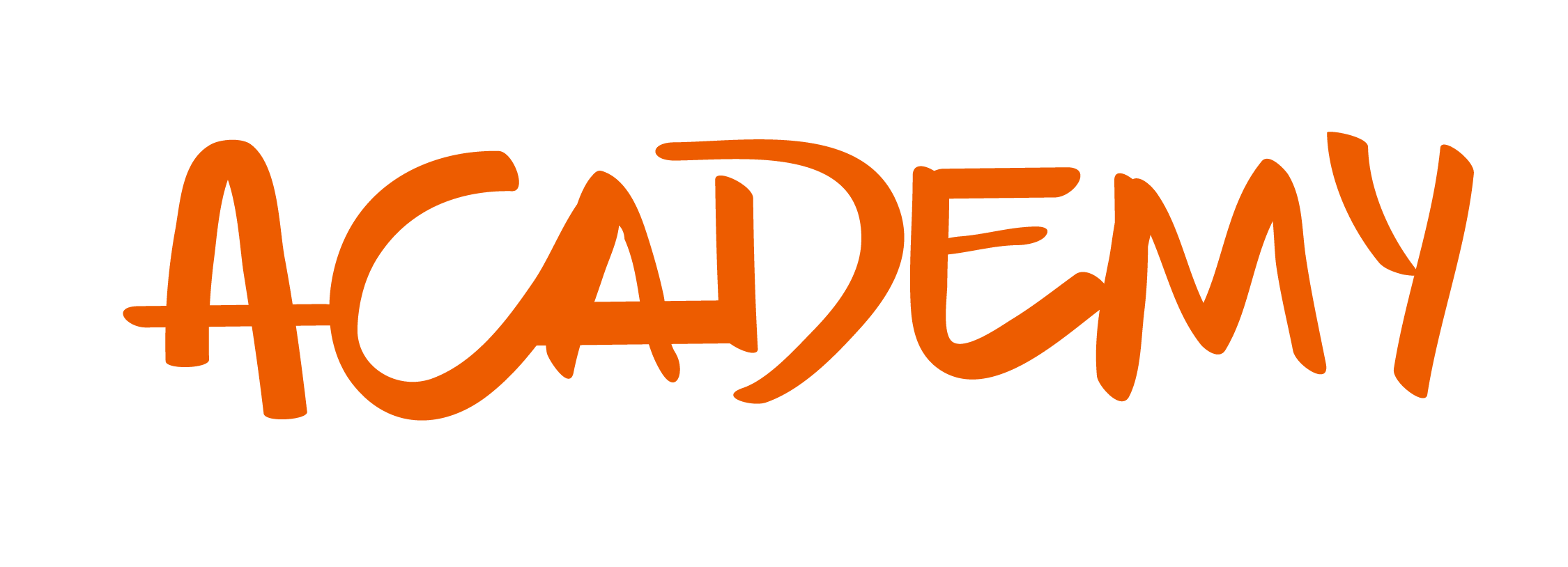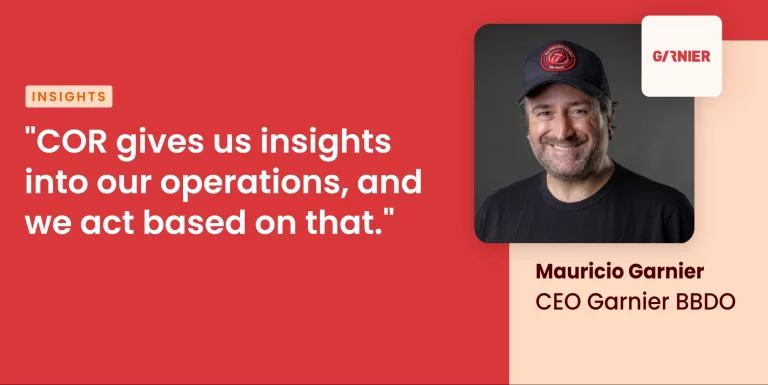Soaring media inflation, geopolitical tensions worldwide, and critical elections are accelerating brands’ reliance on data and digital channels to navigate an uncertain world in this 2022 and beyond
Remember the days when brand loyalty grew year by year? Today’s most successful consumer goods brands were built by heavy advertising and marketing investments long ago. But recently, many marketers have lost sight of the connection between advertising spending and market share. They practice the art of discounting: cutting ad budgets to fund price promotions or fattening quarterly earnings. They may win the volume battle today. They may win the volume battle today but lose the competitive war.
The marketers at some companies, however, remember that brand value and consumer preference for brands drive market share. They also know that price promotion in digital advertising and consumer preference for brands drive the market share value. Most importantly, in social media, they understand the balance of advertising and promotion expenditures needed to build brands and gain share, market by market, regardless of growth trends in the product categories where they compete.
What do great marketers have in common? Among other things, awareness is a key factor in the advertising market: consistent investment spending. They do not raid their budgets to ratchet earnings up for a few quarters. They know that advertising should not be managed as a discretionary variable cost.
Analyzing the impact of advertising spending in situations where competitors’ products are more or less the same and competitors’ marketing, promotion, and advertising people appear to be equally effective. Of course, truly superior or inferior advertising content is an important factor in the gain or loss of market share, but I am not talking about that here.
Under such circumstances, the following patterns emerge:
- Advertising spending can determine advances and retreats in market share – but only when a big spending difference among competitors has been maintained for a long time. Judging from studies of many consumer products over the past several years, this difference must be at least double the main rival’s outlay. The relationship between digital ad spending and share change appears after about 18 months, and reliable correlations can be established after 3 years.
- Most of the time, competitors are in a state of equilibrium where the leaders’ spending growth remains stable despite marginal changes in their ad expenditures. Competitors that understand the spending game will establish this equilibrium at a level so high that no upstart can afford the extra sustained investment needed to increase its share.
- A competitor with an aggressive total ad spending strategy will keep up the attack only so long as it adds to market share. By pouring enough attribution to convince this aggressor that the market has returned to a stalemate, the combatants can force a return to share equilibrium levels.
- Therefore, unsupportable levels of ad spending will not continue indefinitely.
- Global ad spending requirements powerfully contribute to industry consolidation. Because the equilibrium point is likely to be high, in most cases no more than two or three players can generate the volume needed to maintain the necessary amount of advertising expenditure.
- These relationships exist on an individual market basis, not on a national level. In fact, the cases in which we have observed share upheavals have been those where the loser was focusing on ad budgets at the national level and was blind or did not react, to a rival’s attacks with large spending differentials in particular markets.
Ad spend Overview
The global advertising market experienced some fairly turbulent times between 2000 and 2010, seeing growth rates as high as 11.2 percent as well as lows reaching 9.5 percent during that time period. However, since 2011 the situation has stabilized, and advertising growth remained on average roughly five percent. Yet 2020 brought the coronavirus pandemic outbreak and with it a high drop in ad spending of about four percent (through previous forecasts expected a nine percent drop. According to projections, by 2024 the industry will see an expenditure growth return of 7.6 percent.
Not surprisingly, the Internet will be the largest advertising medium in 2024, accounting for a little over 65 percent of global ad expenditures that year. Television, which has been the undisputed favorite among advertisers, will be overtaken by digital media. Between 2022 and 2024 TV is forecast to gain only around seven billion US dollars, while mobile internet is expected to gain 147 billion dollars in the same period. Most of the major media are projected to have small gains in investments during the measured period, while newspapers are projected to lose by roughly three and two billion respectively.
All in all, the North American region will still be the most prominent region, with the US poised to hold the crown for the largest advertising market in 2024. Canada and Mexico will take the second and third spots within the region, but on a global scale are not predicted to rank anywhere close to the top three markets. As a matter of fact, Asian countries, China and Japan will close the top three, making Asia the second leading region in terms of ad expenditures.
Ad Spending and Market Share
Global advertising spend is on course to rise by 8,3% – or $67, 3bn – to $880,9, finds WARC lifted by a positive first half for holding companies and a boost from cyclical events in the seconds, most notably the US midterm elections and the men’s FIFA world cup in Qatar now in November. Market growth is then set to ease significantly – to 2.6% – in 2023, as an investment is inhibited by cooling economic conditions and third-party cookie blocking online.
The new projections, based on data from 100 ad markets worldwide, amount to a downgrade of 4.3 percentage points to 2022 growth and 5.7 to 2023s prospects, compared to WARC’s previous global forecast in December 2021. Taken together, the new forecasts represent a reduction of almost $90bn in growth potential for the global advertising market this year and next.
Advertising holding companies, which serve many of the world’s biggest brands – have recorded a positive to 2022, with all major firms upwardly revising forward guidance for the year ahead. Conversely, small to medium businesses (SMSbs) that largely buy ad space directly, are bearing the brunt of worsening economic conditions. A slowdown in SMB advertising activity will impact social media advertising and other digital platforms most – a sector already struggling to grapple with the impact of Apple´s new privacy measures. WARC expects social media ad spending to rise by 11.5 this year ( compared to 47, 1 in 2021) and then ease to just 5,2% in 2023 – the slowest rate yet for the sector.
Aside from the businesses, consumers are also feeling the squeeze of soaring price inflation. This is particularly true among low earners for whom energy and food costs comprise a higher proportion of income. Wealthier consumers, however, have seen the value of their assets appreciate in recent years and are more likely to have received above-inflation pay rises – spending intentions among high earners remain bullishly positive per Delloiute monitoring. Sectors like technology & electronics (11.5% in 2023), pharma & healthcare (+7.5%), and household & domestic (6.5%) are expected to post healthy increases in advertising investment to capture any available disposable income.
Meta recorded its first annual decline in advertising income during Q2 2022 and WARC believes its full-year growth will be flat over the forecast period, as the Instagram platform stymies ongoing losses from the core Facebook platform this year and next. TikTok (41,5%) Snap (+5,8%) and Twitter (+2,7%) are all expected to record growth next year, but at a far slower rate than historically seen, while a number of Chinese platforms are set to record losses.
Video Ad Spending is set to grow faster than the total ad market this year ( 8,4%) and next year (7,0%). Within this, the advertising-funded video-on-demand (AVOD) sector – which includes the likes of Hulu, Amazon Prime Video, and YouTube is expected to rise 8.0% this year and then a further 7.6% in 2023 to rise 8,0% this year and then a further 7,6% in 2023 to reach a value of almost $65bn.
There is already evidence of saturation in the streaming market, particularly in the US, with audiences now using seven streaming services on average ( compared to the global average of five). Consequently, new entrants are just as likely to be fighting for existing advertising spend as they are for incremental dollars, which could hinder the overall growth of streaming operators in the short-medium – term.
Streaming services owned by broadcasters are also set to grow their advertising income this year (+9,7%) and next year (+5,2%), but from a far lower base (reaching $18,5bn in 2023). Linear TV is set to benefit from cyclic sporting and political events this year, raising advertising investment by 3.6% ( 20,4% of all advertising spend) but the market is then on course to record a 4.5 loss in the absence of these events next year.
Ad spend post-pandemic
Following a calamitous 2020 and a year of deep cuts in the first year of COVID, ad spending enjoyed a bounce back in 2021. Even though many categories and economies were still operating in very abnormal circumstances last year, the pivot to digital and eCommerce made by many brands saw digital ad spending increase by 30%. The biggest bounce-back effects were felt in Brazil (+56%), the world’s largest advertising market the US (+38% to US$211bn alone), and the U.K. (+36%).
Although growth will be more modest in the next three years – up 16% in 2022, 13% in 2023, and 11% in 2024 – these increases are in line with the pre-pandemic growth trajectory of digital advertising and will take total worldwide digital ad spend to US $757bn by 2024.
While in China, the media ad spending growth rate has slowed to 9,2% due to regulatory constraints and hobbled economy, it will be the second largest ad market in the world after the US. Investment in traditional media will only experience a modest 4% growth from 2021-2024, increasing from US$229bn to US$312bn. The projected changes are shown above.
The pandemic years have shown many brands around the world quite how straightforward and effective it can be to switch investment to digital channels and drive growth there. Not only have the dominant advertising channels and social media platforms owned by Alphabet and Meta – Google and YouTube, Facebook, and Instagram – enjoyed strong growth in 2021, a trend that will continue in the years ahead. Other, smaller platforms have benefitted too, including both the more established, such as Pinterest and Snapchat, and newer routes to market, most notably TikTok.
Social media advertising has been particularly impactful for smaller, local businesses, as well as the growing army of direct consumers of D2C brands. Sales here are more performance-driven and distinctly different from the way that major brands have used traditional media historically to grow by brand building. Intrigued, by the tactics of smaller, local businesses and D2C brands are now also being adopted by established megabrands and market leaders.
The Advertising Response Function
There is a correlation between sales volume and the advertising budget and the advertising budget, and that is what led to looking for the relative share of voice effect.
Market leaders have this problem. Spending at levels loud enough to be heard, they are in a zero-sum jousting match. For either company No.1 or company No.2, cutting the share of voice too much can be a disaster. The share of voice effect takes hold, and the quiet competitor loses share while the louder competitor gains. Similarly, an obvious run at an SOV advantage is likely to spark an unprofitable war as both players spend to maintain equilibrium.
The shrewd marketer, therefore, picks its attacks carefully, targeting markets wisely, aiming at markets for share gain where the competitor is vulnerable, markets where that competitor is vulnerable, markets where that competitor is perhaps knowingly understanding, markets, markets where a voice can be raised without breaking the budget.
The boom of Digital & Mobile markets
Cross-platform advertising, also known as cross-screen or cross-device advertising, is referred to the unified digital advertising strategy adopted for multiple devices such as personal computers, tablets, smart TVs, smartphones, and gaming consoles. Cross-platform advertising has emerged as an integrated form of marketing, which involves planning and sequencing a seamless flow of content and messages to multiple devices.
A key characteristic of such a cross-platform advertising strategy is that each of the aspects complements other components. Cross-platform advertising has emerged as an efficient way for advertisers to reach out to target customers with a single advertisement broadcast on multiple platforms. Through cross-platform advertising, marketers, publishers, and advertisers can reach targeted customers from any given location, thereby enhancing the effectiveness of campaigns.
Cross-platform advertising campaigns also enable marketers to engage with consumers repeatedly over different platforms. This contrasts with a conventional marketing initiative that is more massive in its approach.
Future growth in the market will be primarily driven by the growing proliferation of mobile devices as the preferred digital media platform, rapid adoption across various industry verticals, an improving economic environment, expanding mobile subscriber base, and increasing distribution of film and music online. The continuous shift of users towards digital media and rapid evolution in consumer behavior towards value-based advertising where the target audience is appropriately compensated for their time and attention through loyalty points, free subsidized content, and various user-friendly tools, are additionally providing impetus to market growth.
The overall increase in advertising budgets, generous allocation of budget to online ads, increased prices for direct response vehicles and branding ads, and an increase in the number of advertising agencies incorporating online media into their integrated campaigns are some of the major factors driving market expansion. Other important factors poised to benefit market prospects in the near term includes urging the popularity of social media networks that promote improved targeting; increasing the trend towards mobile apps offering huge potential for cross-platform advertising; growing prominence loT and the resultant growth in connected devices, and robust demand for digital video advertising supported by effective delivery and streaming of ad content.
Most attractive countries for digital creative agencies
The country you live in is the best place to start a marketing agency. You need to be aware of the culture, heritage, and lifestyle of the country’s people.
These are the most important factors for any marketing strategy and no data or research can make you more aware of the likes and dislikes of local people than the person living among them.
Bottom line, the country where you spend most of your life is the best place to get started with a marketing agency as you are well aware of your people which can’t be compared to any statistics or analytic research.
Although what was said earlier is the best advice possible, statistics say that the two spots among the ranking of most attractive countries for digital agency professionals belonged to Belgium, with a score of 5.39 points out of 10, and then came the Netherlands with a score of 4,78 points. Third came to India, with 4,71 points.
Conclusion
The post-pandemic bounce back in ad spending particularly investment in digital, most notably social – has enabled the global advertisement market to catch up on the chaotic lost year of 2020. The lessons of agility learned by brands big and small, selling both indirectly and directly, mean that digital is increasingly dominating marketers’ media plans. Any growth in a brand’s digital ad spending needs to be closely monitored to ensure that it is being spent as efficiently as possible.













